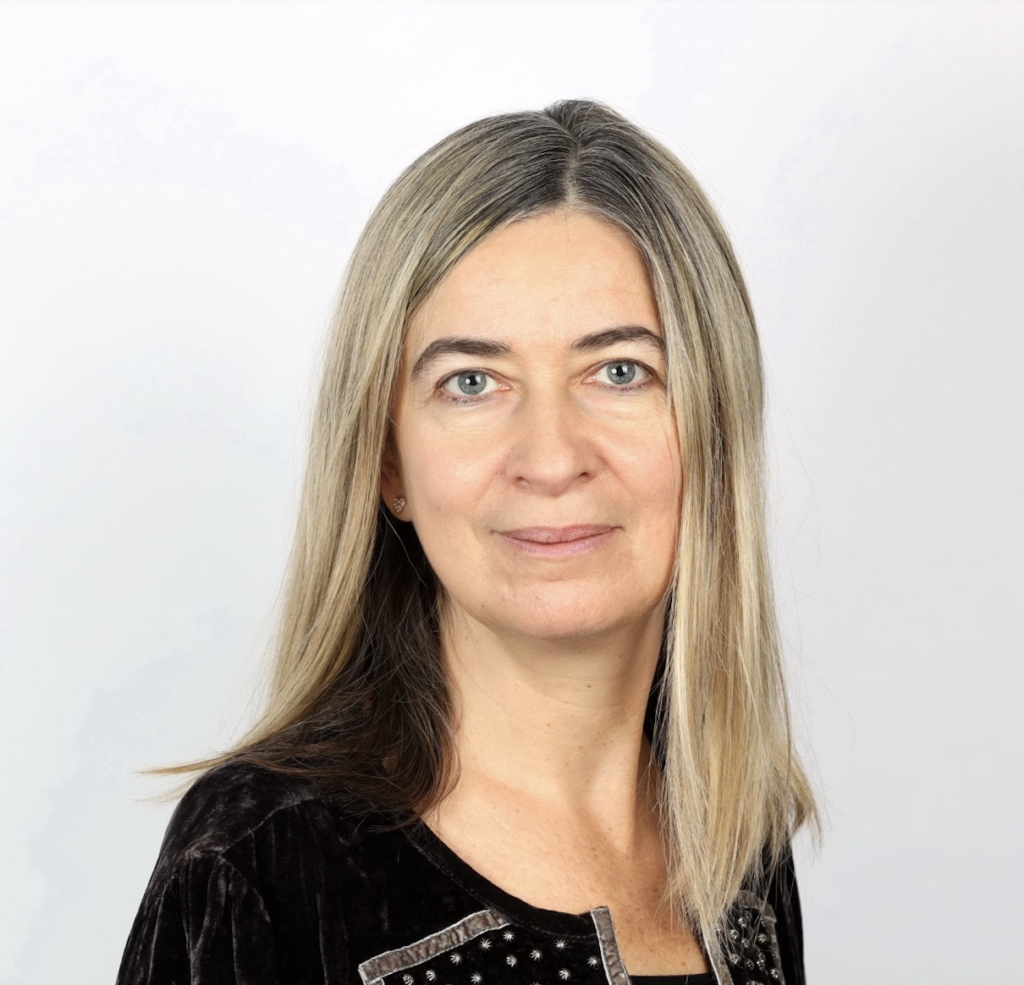Women in Mining: Breaking barriers to boardrooms

A lawyer by trade, Dimitrov became an investment banker at Sprott and came into financial services as general counsel for the Dundee Group of companies. She pivoted into operations as director of integration for acquisitions and entered the mining industry in corporate development/regulatory governance.
Dimitrov was chosen as one of the Top 100 Global Inspirational Women in Mining for 2016 and speaks frequently on various topics including capital management, talent management and ESG. Ms. Dimitrov is a member of Ontario’s Mining Advisory Group and has served as a director of several companies in mining and oil and gas.
Here’s a sneak peek of the event’s broader discussion:
MINING.com: What do you think is one of the most common misconceptions about the mining industry?
Dimitrov: One is that mining is not ‘cool’. I think there’s a perception that it’s a legacy industry, that its one with not a lot of technology. I think there’s a perception that we don’t innovate – that we’re very much stuck to our processing technology from 50 years ago. You still hear questions being asked in your flow sheet or operations design – “are you using anything new?”
The other is about our overall impact. When you look at the generation coming out of school today, I think we’re viewed as we’re negatively contributing to the environment – that we are polluters and so on. These are misconceptions that really impact attracting talent negatively. I think on the technology side there has been a lot of progress in the last few years. There’s a lot being done by the majors that have the ability to make larger investments. I think there will be a lot of capital put to use in the next few years that will make us ‘cooler’.
MINING.com: What opportunities do you see for women in the industry?
Dimitrov: I think there [are] a lot of opportunities because there’s not a lot of women. To see some of the women that didn’t necessarily come from traditional backgrounds, I think is fantastic…and moves away from the traditional profile. I think we’ve seen progress in the last number of years, certainly. I entered the industry in 2009 and since then I’ve seen a lot of progress, and then you look at the stats and realize how much more we actually have to go.
MINING.com: How do we begin breaking down points of resistance?
Dimitrov: I think the challenge is – ‘how do we break the back of this, and how do we do it in a way that we’re not sitting around 50 years from now saying, ‘ok we increased that by 1 or 2%?’
The ability to be a CEO, and what I really enjoyed about the last time I was one, and now, is really that you have the ability to drive change – and one of the changes is ‘how do you think about talent?’ I’ve been watching what’s happening with respect to boards – I joined my first board in 2010, I’ve been on nine boards since then and am on two right now – and I’ve seen a tremendous amount of change around the boardroom table, certainly in the last three years. I think because there has been focus put on the boardroom table by regulators and by institutional shareholders.
It’s really a transition from the experience and the profile that was sought for a corporate director. Way back when, [it] was ‘we’re looking for somebody that is a CEO or was a former CEO’. I’d say that was pretty top of the list in terms of who boards were looking to attract, and now we see more focus on board composition, capabilities, the matrix, making sure you’ve got all the areas covered, push from regulators, from institutional shareholders.
We’re not just looking for CEOs, we’re looking for chief people officer, [or] an executive that’s got experience in ESG, or someone with a lot of regulatory experience or experience in a certain jurisdiction and so on, and that’s really broadened the talent pool and allowed for the diversity of the boardroom table to increase, not only from a gender perspective, but also skill sets and capabilities, experience and perspectives…it’s really shifted the numbers around the boardroom table.
MINING.com: What barriers to inclusion are there at the C-suite level?
Dimitrov: I haven’t seen the same shift in the management teams. I’m seeing the management teams of mining companies not having progressed anywhere near the speed [of] the diversity of the boardroom table has increased. I think part of the reason for that is, as we’re thinking about developing talent from the bottom up, that’s going to take a long time. I think that we always prefer to hire from our own industry, and therefore transitioning talent from a different industry to our industry is not easy. I think we can think about the role descriptions, maybe in a different way that would help progress that.
I think that’s how you break the back of this at the senior level and come at it both from top-down and of course continuing to work from the bottom up, and develop talent and progress talent through the various levels. I think there are not a lot of women, and unless we think about, how do we bring talent from other industries, it’s going to take us a while to develop, all the way up the chain.
We’ve got to think about how to attract people from other industries… and how women think about the roles… and for employers not to think about these roles so traditionally in a sense.
Register for Edumine Shift: Women in Mining here.




